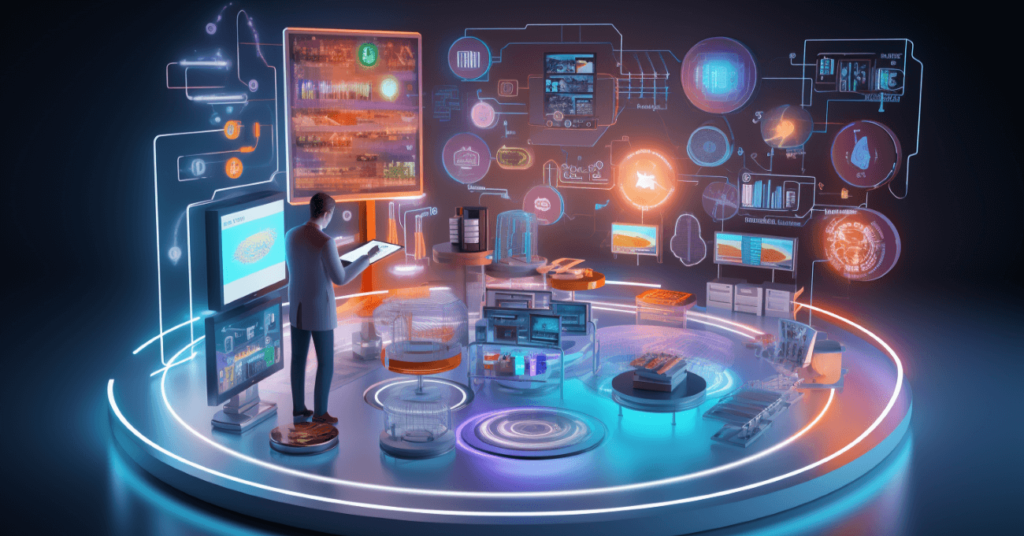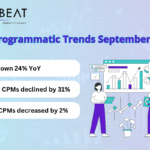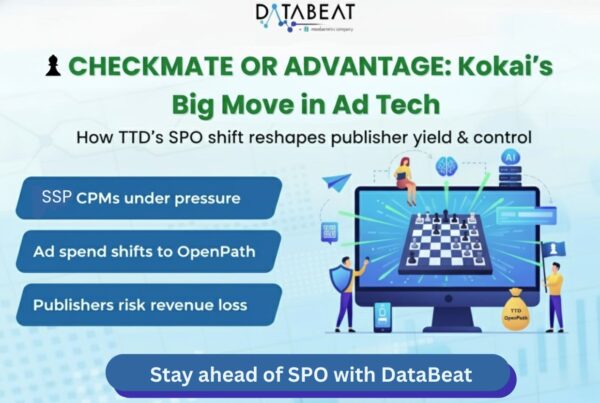
Want to know how much you could benefit from Ad Refresh? Use our calculator to find out!
What is Ad Refresh?
Ad refresh is a crucial strategy in digital advertising, involving the process of refreshing ads to display new ads to users while they are actively engaged on a webpage. This practice primarily benefits publishers by increasing ad requests, impressions, and ultimately revenue optimization.
Why do we need Ad Refresh?
Ad refresh serves as a vital strategy to maximize the yield from ad inventory. By considering the time users spend on a webpage, different ad refresh settings can be implemented for various ad slots. The primary motivations for implementing an ad refresh include:
Increasing Yield: Ad refresh is a fundamental way to increase the yield from ad inventory by generating additional ad requests and impressions.
Optimizing Viewability: While ad refresh can enhance viewability, its effectiveness depends on the specific implementation method chosen.
Types of Ad Refresh
- Action based refresh: When user performs an action then ad is refreshed. Actions include clicking on screen, scrolling, conducting a search
- Event based refresh: When a change initiated by the publisher like any sports website. When the score changes an event is triggered and the ad is refreshed
- Time based refresh: Ad is refreshed at a specified time interval defined by the publisher. 30s, 45s, 60s are the common ad refresh time
- In-view refresh: Ad is refreshed when the slot is in viewport
Most publishers use a combination of Time based refresh and in-view refresh. When the ad is in viewport for a specified time then the ad refreshes
Impact of Refresh implementation
What changes when refresh is implemented and how the KPIs are impacted
- Ad Requests: Ad refresh leads to an increase in ad requests. For instance, with a 60-second average time on page and a 30-second refresh rate, two ad requests are generated. Adjusting the refresh rate to 20 seconds would result in three requests for the same slot.
- Impressions: An increase in ad requests generally leads to a higher probability of generating more impressions, with some exceptions for ads that remain unfilled or are allocated to house ads.
- CPM: CPM impact depends on whether we are increasing the refresh rate or decreasing
- How is the CPM impacted: Advertisers will have a setting similar to FCAP for campaigns in their setup, meaning that each campaign has a limit. Example:A campaign is served for one user once in an hour. If that campaign is exhausted a new campaign is served which is not as premium as the earlier campaign. Hence as the refreshed impressions increase CPM decreases
- If we decrease the Refresh rate, say from 30s to 20s, the number of campaigns that need to be served will increase. So premium campaigns will get exhausted quickly and lower bid campaigns will be served thereby decreasing the CPM
- If we increase the refresh rate CPM increases according to the same theory
- How is the CPM impacted: Advertisers will have a setting similar to FCAP for campaigns in their setup, meaning that each campaign has a limit. Example:A campaign is served for one user once in an hour. If that campaign is exhausted a new campaign is served which is not as premium as the earlier campaign. Hence as the refreshed impressions increase CPM decreases
- CTR: Altering the refresh time directly affects the time users have to interact with ad creatives. Decreasing the refresh rate typically leads to a decrease in clicks and, consequently, CTR. Conversely, increasing the refresh rate can result in a higher CTR.
- Viewability: Most of the publishers use a combination of In-view refresh and Time based refresh. If the slot is in viewport for a specific time then the ad gets refreshed.
- According to the above theory the ad gets refreshed only when its in viewport there by increasing the Viewable impressions resulting in increase in viewability. Generally Refreshed inventory has more than 90% viewability
- Unfilled and House: When you decrease the refresh time, we see an increase in the ad requests. When there is no demand to fill those requests Unfilled and House might increase
- Refresh to Non-Refreshed inventory: Changing the refresh settings can result in a shift in volume from non-refreshed inventory to refreshed inventory. This shift can often lead to a 3%-5% increase in the share of volume for non-refreshed ads.
Pros:
- Utilizing ad refresh can significantly boost the number of ad impressions, which in turn can lead to increased revenue optimization.
- Ad refresh can also enhance viewability by ensuring that ads are displayed when users are actively engaged, leading to higher viewable impressions.
Cons:
- Few DSPs will not be interested to bid if the refresh is less than 30s. Example The TradeDesk
- There is a chance that CPM would go down
How can Databeat help in this area?
Databeat can optimize the Ad refresh rate for publishers by tailoring it to their specific business model. Recognizing that a one-size-fits-all approach doesn’t work, Databeat identifies the best ad refresh strategy for each publisher. This personalized approach enhances key metrics, leading to improved yield.










